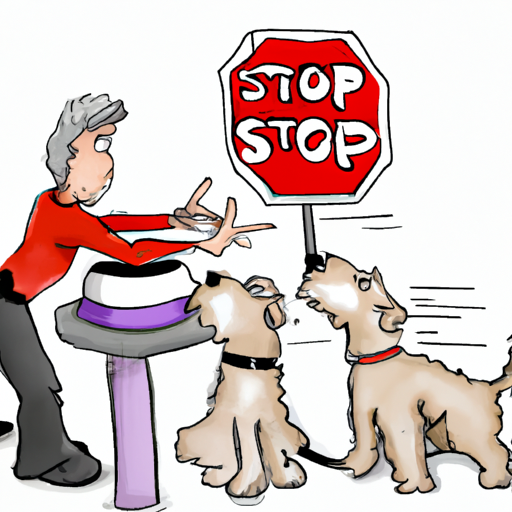Understanding Food Aggression
Food aggression, in essence, is a form of resource guarding. Dogs, by nature, are wired to protect resources valuable to them, and what could be more valuable than their daily meals? It’s important to understand this is a natural instinct and not a character flaw in your pet. However, when this aggression is directed towards other pets in your household, it can be a problem.
You may notice growling, snarling, or even biting when another dog approaches your pet’s food. This could range from mild, where the dog simply stands stiff and alert over its food, to severe, where the dog bites or attacks another dog.
Recognizing the Triggers
To effectively manage food aggression, you need to identify what triggers your dog’s aggressive behavior.
- Does it happen every time your dog is eating?
- Does the aggression occur only when a particular dog approaches?
- Does it only arise when there are high-value foods like bones or chews involved?
Answering these questions will help you understand the severity and specificity of the aggression, allowing you to tailor your approach to managing it.
Strategies for Managing Food Aggression
There are several strategies you can employ to manage food aggression. The goal is to teach your dog that good things happen when another dog approaches their food. Here are some strategies to start with:
- Feeding separately: This is the simplest and most immediate solution. Feed your dogs in separate rooms or in their crates. This ensures each dog can eat in peace without feeling threatened.
- Training commands: Train your dog to understand basic commands like ‘leave it’ or ‘wait’. These commands can help control their behavior around food.
- Counter-conditioning: This involves changing your dog’s emotional response to the perceived threat. For example, start by having the dogs eat at a distance where no aggression is shown, and gradually decrease this distance over time.
Consulting a Professional
Sometimes, despite your best efforts, you may not be able to manage your dog’s food aggression on your own. In such cases, it’s important to consult a professional. A certified dog behaviorist can help identify the root cause of the aggression and provide a personalized training plan.
| Type of Professional | When to Consult |
|---|---|
| Veterinarian | If your dog’s aggression is sudden, it could be due to a medical issue |
| Certified Dog Trainer | For initial guidance on training methods |
| Certified Dog Behaviorist | If your dog’s aggression continues despite trying different strategies |
The Importance of Patience
The road to managing food aggression is often long. It’s important to remember that progress will be slow, and there may be setbacks. But with patience, consistency, and love, it’s possible to manage, and even overcome, food aggression in your dog.
Frequently Asked Questions
Q: Can food aggression be completely cured?
A: It depends on the individual dog. Some dogs may always have a degree of food protectiveness, but with proper management and training, it can be significantly reduced.
Q: Is food aggression more common in certain breeds?
A: Food aggression is not breed-specific. It can occur in any breed.
Q: Can I punish my dog for showing food aggression?
A: Punishment can actually exacerbate the problem. It’s better to use positive reinforcement techniques to manage food aggression.
Q: Should I feed my dogs together or separately?
A: If your dog is showing signs of food aggression, it’s best to feed them separately to prevent any potential incidents.
Q: What should I do if my dog bites another dog over food?
A: If a bite occurs, separate the dogs immediately and consult a professional. This is a sign of severe food aggression that needs professional intervention.



